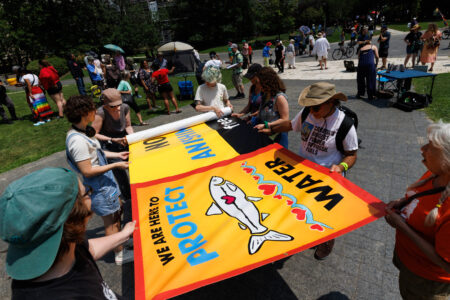
When the federal government announced the Canada C3 expedition last year, almost 5,000 people applied to sail through the Canadian Arctic via the Northwest Passage. But when the government announced it would develop a new Arctic Policy Framework, guiding federal activities on 40 percent of Canada’s land mass, few people noticed.
By replacing the existing Northern Strategy and Arctic Foreign Policy, the government hopes to chart a new course for the North, focusing on Arctic people instead of Arctic sovereignty. This commitment is needed because the people of northern Canada face many social challenges and are bearing the brunt of global warming.
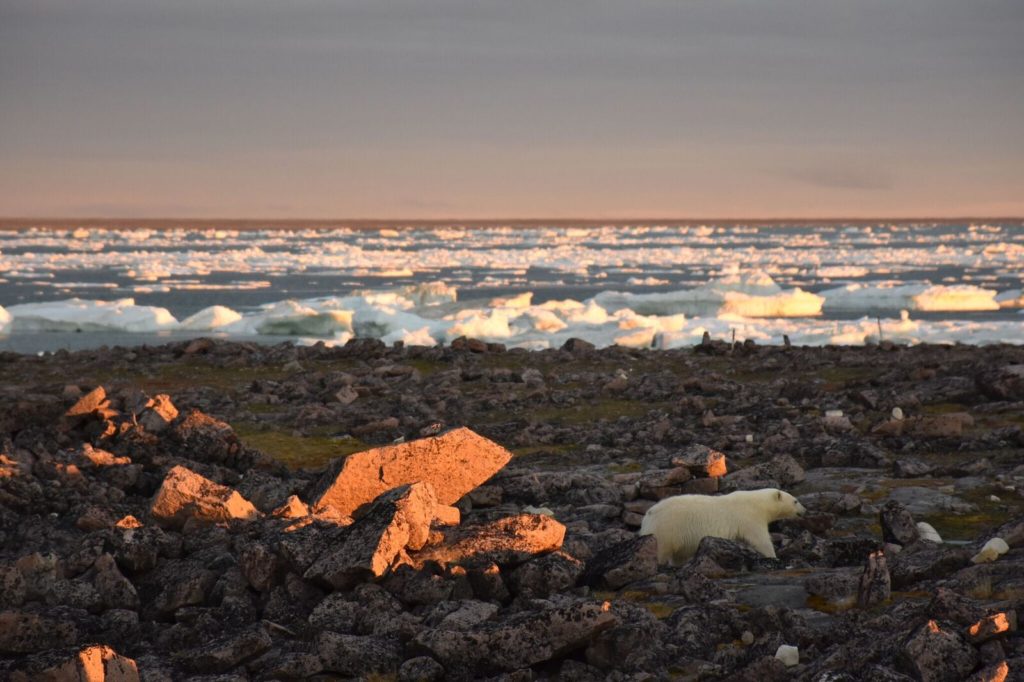
To create better Arctic policy, the federal government should rely on the knowledge of Arctic Indigenous peoples and on Arctic science. Fortunately, the past 20 years have seen a surge of collaborative Arctic research, fuelled by hundreds of millions of dollars in funding to programs such as the International Polar Year, ArcticNet and the Northern Contaminants Program. These programs encompass real success stories of partnership between scientists and Indigenous peoples, and have greatly advanced our understanding of Arctic ecosystems.
As researchers who partner with northern communities to study wildlife and ecosystems, we feel that it is important to highlight the lessons learned from these programs and our experiences. In doing so, we provide three suggestions to improve Canada’s Arctic Policy Framework.
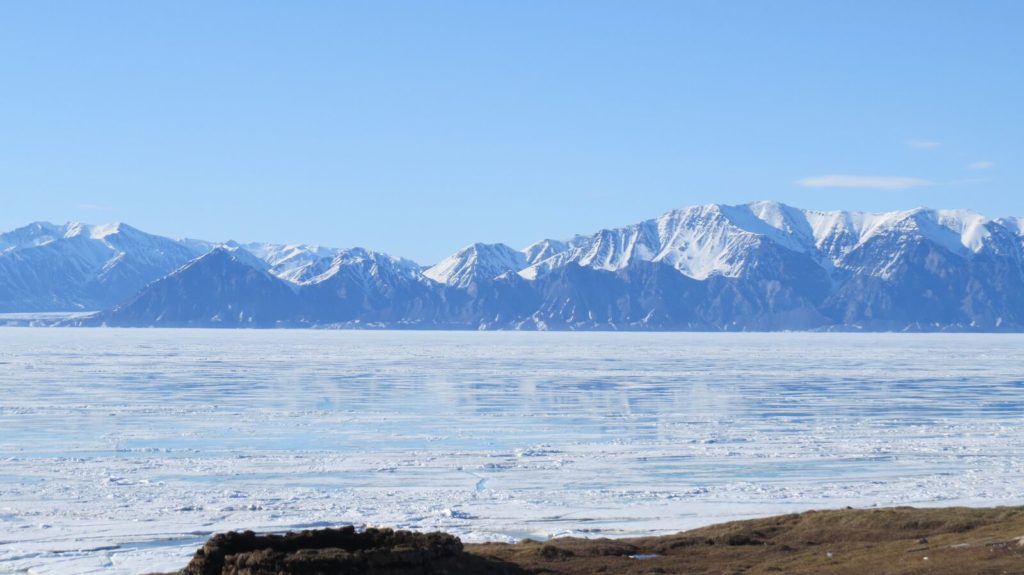
First, Canadian researchers and policy-makers need to embrace a model of Arctic research that is grounded in partnerships between northern communities and scientists. Science and Indigenous knowledge can contribute to a better future for people living in the Arctic, but only if we improve how knowledge is developed, exchanged and used in policy creation and decision-making processes. Canada needs to prioritize collaborative research that is directed by community interests and gives northerners much more control over research projects and outcomes.
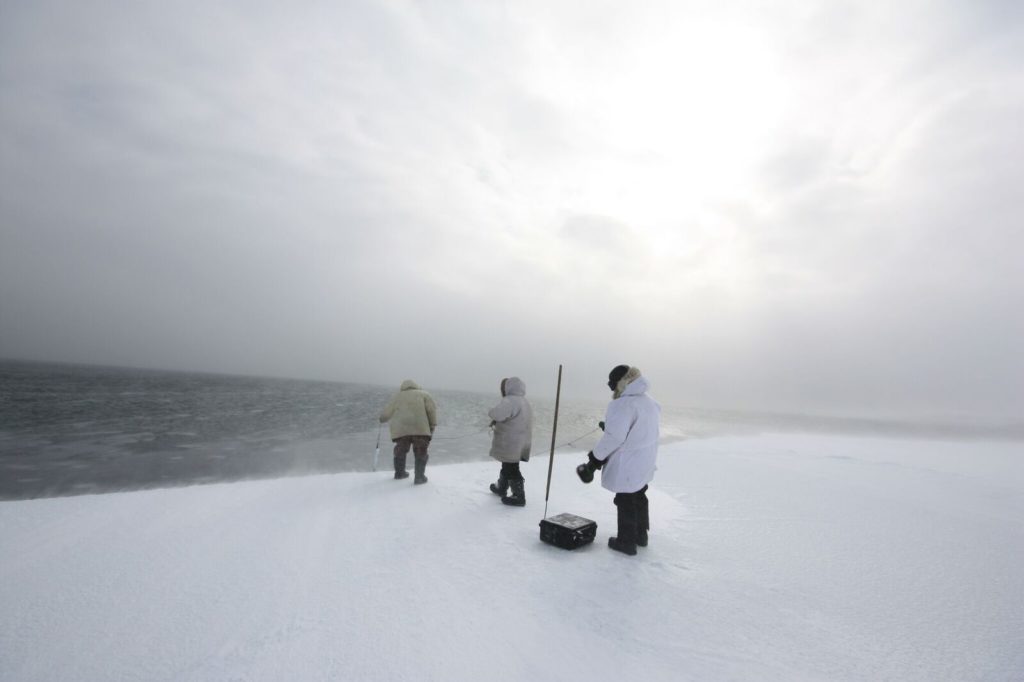
For too long, northerners have had little say and received little benefit from research conducted in the Arctic. But it doesn’t need to be this way; Indigenous researchers are beginning to reclaim governance and responsibility for their lands and wildlife. In 2016, the UNESCO-designated Tsá Túé International Biosphere Reserve became the first of its kind to be led entirely by an Indigenous community, in this case the Dene of Délįnę. Importantly, the Délı̨nę Got’ı̨nę government has developed its own research and monitoring plan that outlines community priorities for scientific collaborations.
This is the approach to Arctic research that we need to support: research shaped by northerners that addresses the needs of northern communities. Such a shift will require increased decision-making power for northerners about research funding, and more oversight to ensure that research is conducted in line with community needs.
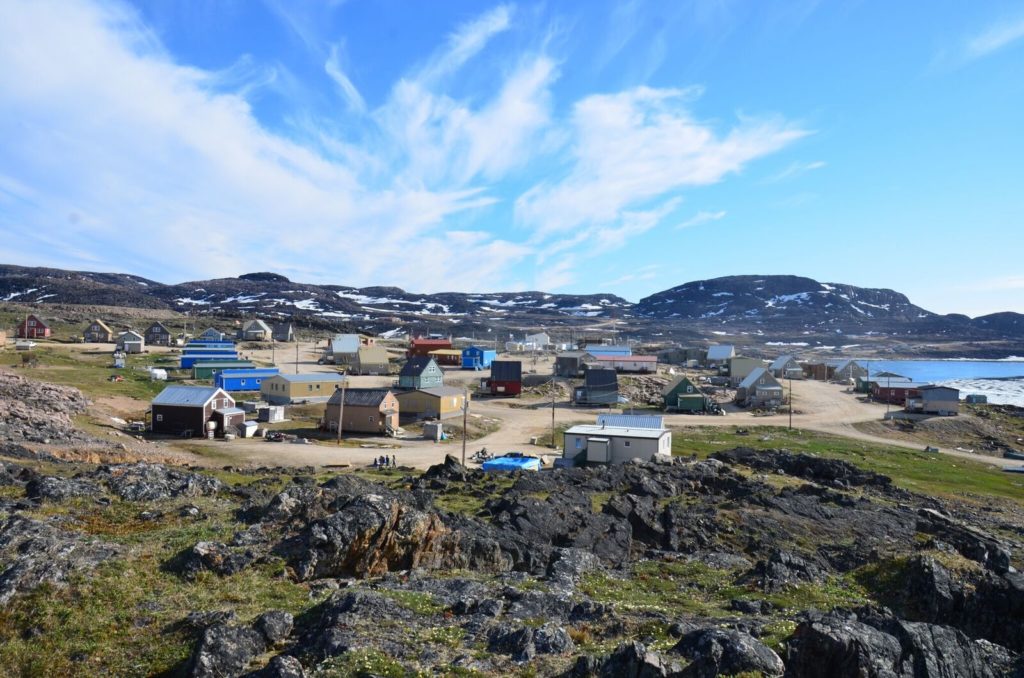
Second, investing in communication infrastructure would support northern-led collaborations by connecting Indigenous knowledge holders, scientists and decision-makers across the country. Despite recent commitments to increase Internet connectivity in the Arctic, only 27 percent of households in Nunavut have access to broadband Internet (compared with 99 percent of Canadians at large). Combined with few roads and the high cost of air travel, these communication barriers limit the exchange of information and exclude ideas that could improve policy and practice.
Third, establishing a university in the Arctic would support the research agendas of Indigenous people and help northerners receive the training to do research that can benefit northerners and southerners alike. Most other Arctic nations have universities in the north, including the University Centre in Svalbard, Norway, the University of Greenland in Nuuk and the University of Alaska in the United States. These institutions are global leaders in northern-led research. While Canada’s northern colleges have greatly increased local training opportunities and community involvement, there is room for more educational opportunities in and out of the classroom. Creating a Canadian Arctic University would put more northern research in the hands of northern residents and would signal the commitment of the Canadian government to the well-being of northern communities.
Canada’s new Arctic Policy Framework needs concrete plans to bring together Indigenous and science-based knowledge to meet the social, economic and environmental needs of northern people. This framework provides an opportunity to reflect on what has been done and represents a chance to put into practice programs with proven success. A more respectful approach to Arctic research will not only support northern people; it will also help advance reconciliation, protect fragile Arctic wildlife and place Canada as a global leader in the Arctic.
Main photo: Sea ice, East Bay, Nunavut. Photo by Cody Dey.
Do you have something to say about the article you just read? Be part of the Policy Options discussion, and send in your own submission. Here is a link on how to do it. | Souhaitez-vous réagir à cet article ? Joignez-vous aux débats d’Options politiques et soumettez-nous votre texte en suivant ces directives.







